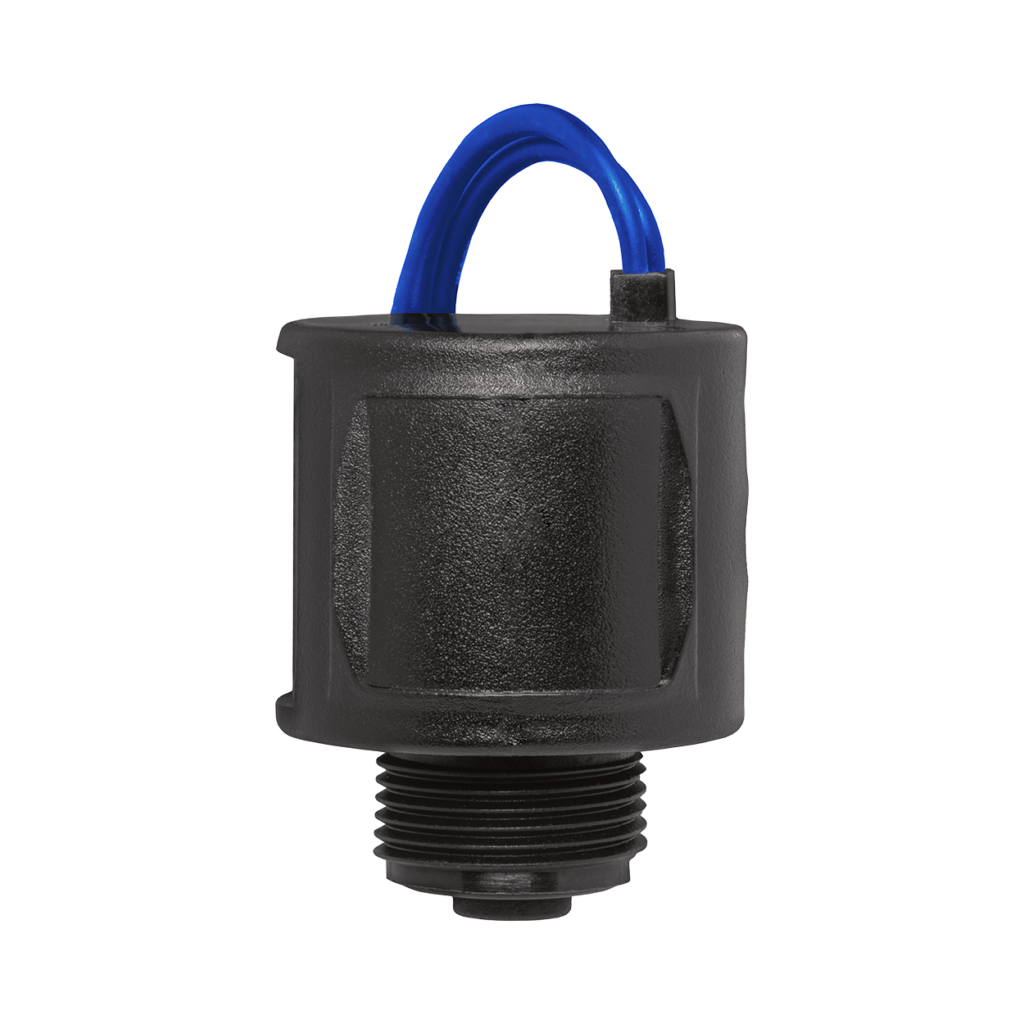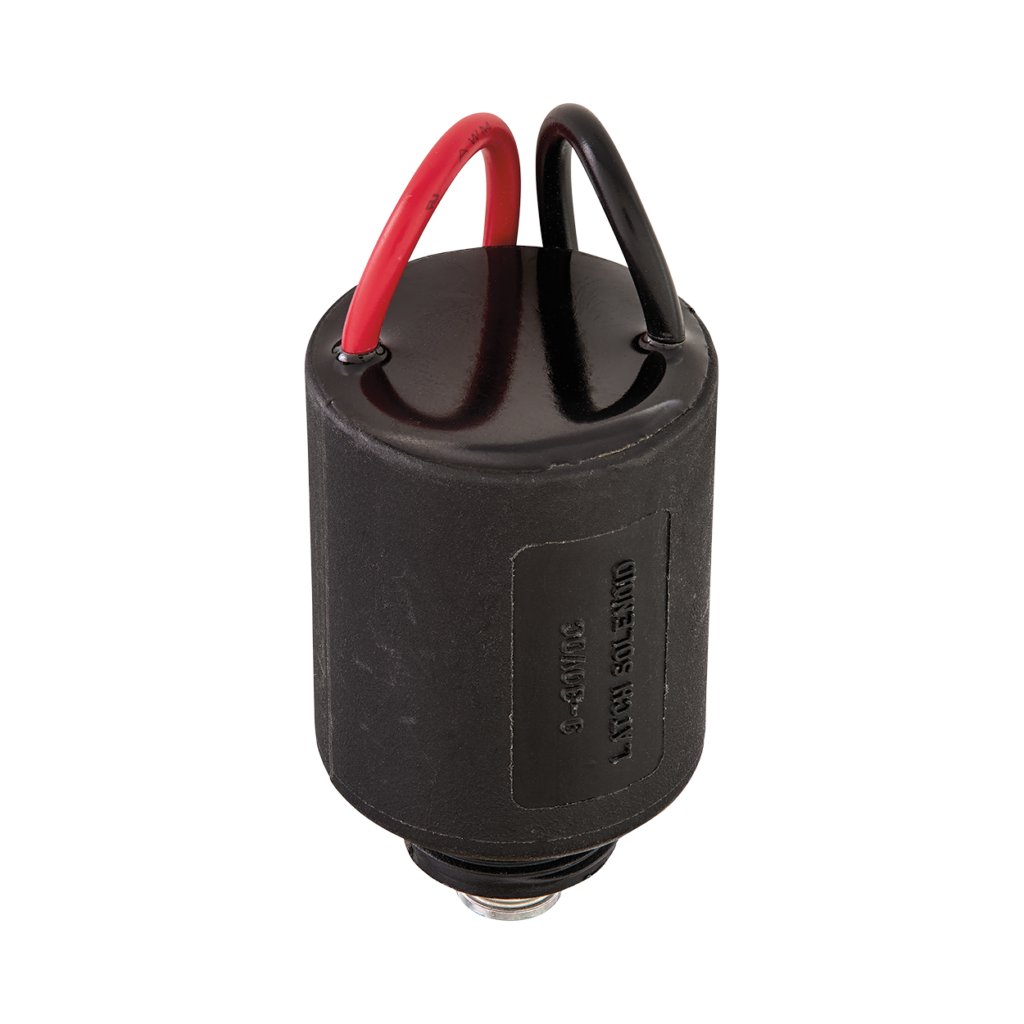Solenoids are important components in irrigation systems that control the flow of water through valves. Two common types of irrigation solenoids are AC and DC solenoids, which utilize different electrical characteristics to operate. Understanding the difference between AC and DC solenoids can help you identify the one that is in your irrigation system.
There are some key differences to look for between AC and DC solenoids. AC solenoids are typically physically larger than DC solenoids, due to their design to handle higher voltage and current. DC solenoids usually have positive and negative terminals, whereas AC solenoids may have two terminals, but they are interchangeable, since the AC sine wave current periodically changes direction. It is important to verify that the solenoid you choose is compatible with your irrigation controller and wiring.
Remember:
- AC solenoids are typically physically larger than DC solenoids.
- DC solenoids usually have positive and negative terminals.
AC Solenoids #
AC solenoids are designed to operate with alternating current power sources. They utilize an electromagnet that produces a reciprocating linear motion when energized by the alternating current. This motion is used to control the valve and regulate water flow. AC solenoids are commonly used in irrigation systems that are powered by standard AC electricity.

DC Solenoids #
DC solenoids, on the other hand, are designed to operate with direct current power sources. They also utilize an electromagnet, but the linear motion generated is unidirectional. When energized by direct current, the DC solenoid produces a pulling or pushing motion without reversal. DC solenoids are commonly used in irrigation systems that are powered by batteries or solar panels, where direct current is available.
DC Solenoids are also known as latching solenoids and are rated for different voltages. The Hydro-Rain HRC-990 solenoid operates on 13 volts of DC current. Other DC solenoids use 6, 9, or 12 volts with 9 volts being the most common thanks to the 9-volt battery they use.





